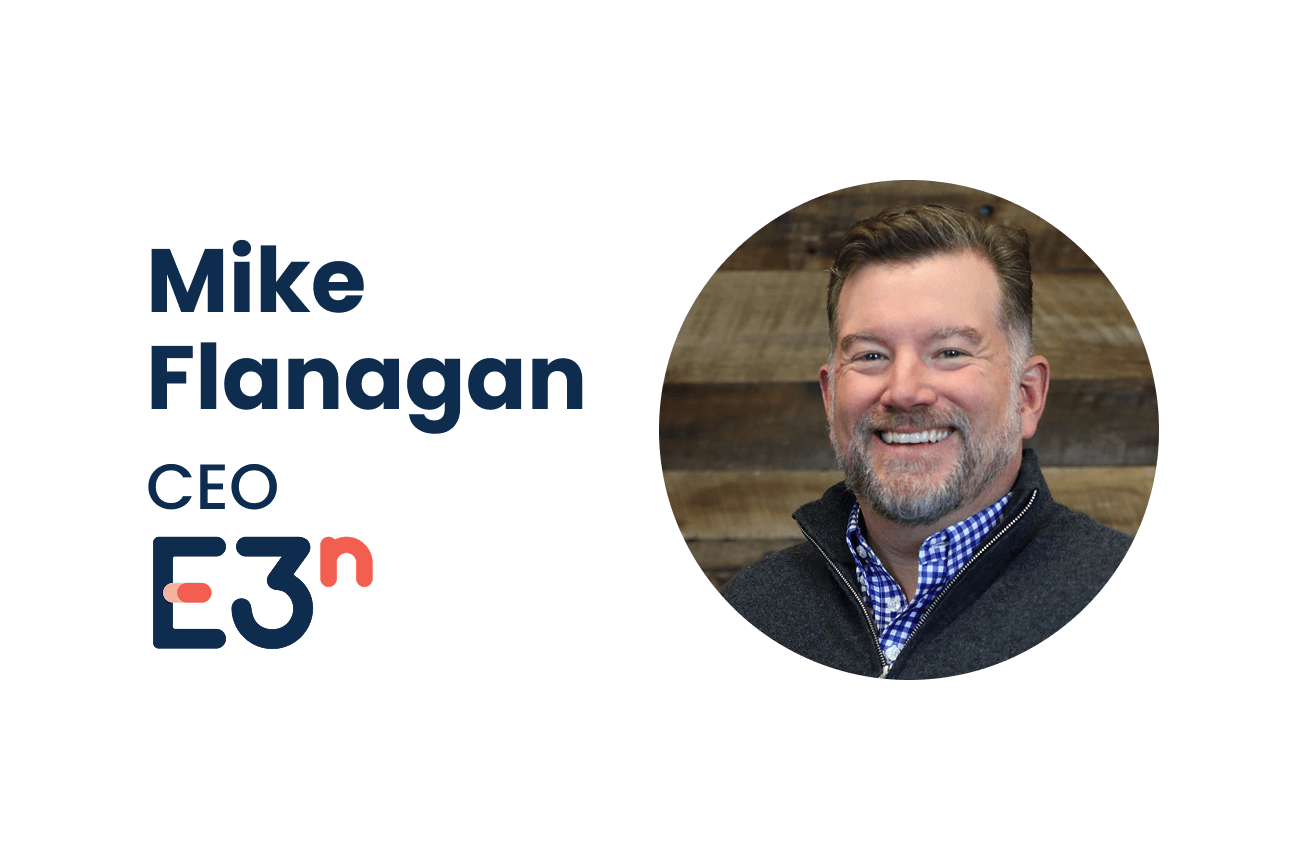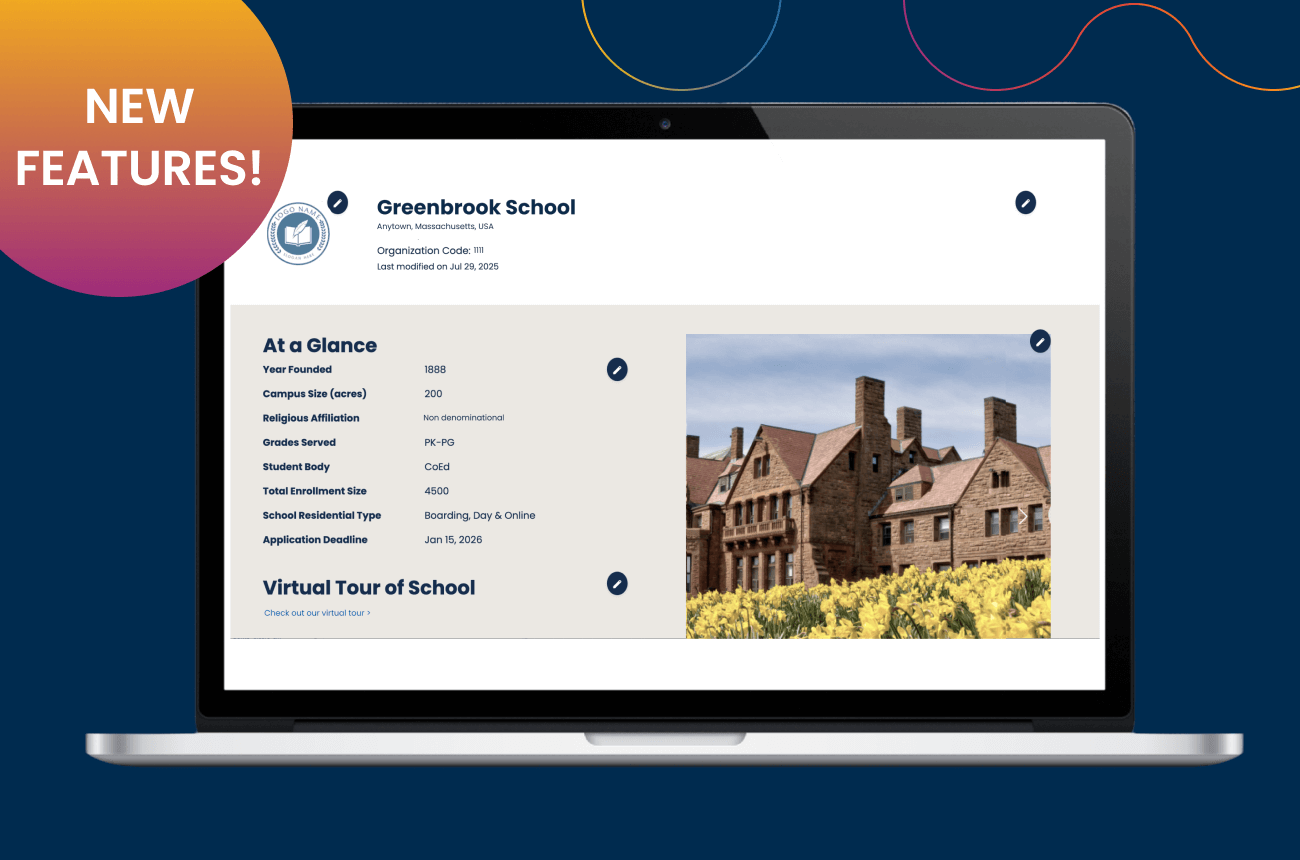Shifting the Paradigm

As we move into late fall, an annual tradition is unfolding at independent schools across the country. The fine tuning of enrollment and revenue goals for the coming school year is about to take center stage at the board and administrative level. For some fortunate admission directors, this is an opportunity to participate in a discussion of enrollment levels, tuition rates, and financial aid budgets, all driven by the school’s revenue needs. For others it is a time to sit anxiously on the sidelines before school heads and boards deliver news of seemingly impossible milestones to be reached. These targets are often accompanied by mandates to limit financial aid expenses, increase the ethnic and racial profile of the student body, diversify or even decrease international student populations, and of course recruit plenty of intellectually robust students whose families can afford an independent school tuition. As we prepare for yet another year of this exercise, abundant evidence has emerged to suggest that these conversations should be reframed to ensure the long term sustainability of independent schools. In their place, boards, schools heads, business managers, and admission directors should engage in a collaborative exercise to create a new vision for independent school financing that aggressively incorporates alternative revenue sources, with decisions being made upon important and accessible data often overlooked by schools. While no single financial model will work for all schools, admission directors can help their schools engage in more meaningful conversations as schools seek to bridge the ever-widening affordability gap. Consider the following trends that show no signs of reversing under traditional independent school financing models:
- Since 2002, day school tuition rates have increased 5.77 times faster than the average income for the top 5% of all income levels. SSS By NAIS research suggests that when tuition increases rise beyond two times the rate of the income increases of full-pay families, many of those families are unable to remain full pay and will seek financial aid.[1]
- In 1990, average day school tuition accounted for 42% of disposable income for US households. By 2010, that figure had grown to 55%. As a result, it is easy to see why more and more upper-income families are qualifying for and receiving financial aid.[2]
- In 2002, financial aid budgets accounted for 10.92% of tuition and fees. In 2012, they accounted for 14.85%. As a result, schools are now using nearly 40% more revenue to support enrollments than they were just ten years ago. [3]
In the end, schools are squeezing more and more from revenue models that rely on the same assumptions year after year. As a result, our search for “full pay” families is filled with increasing frustration, leading in turn to mission drift. Meanwhile, across the scholastic landscape, alternative educational models are appearing that have the potential to serve as a disruptive force that will forever relegate the traditional independent school model to oblivion. One needs to look no further than Stanford University’s Online High School or the recent announcement by the University of Pennsylvania, the University of Michigan, Stanford University, and Princeton University regarding the availability of online classes to see that some universities are already undertaking a serious reexamination of their unsustainable revenue models.
School heads, business managers, and admission directors should work through their various professional organizations (NAIS, NBOA, SSATB, and others) to facilitate industry level conversations about revenue models in ways that have yet to be considered. John Farber’s recent article in Independent School magazine, “The Independent School Financial Model is Broken: Here’s How We Fix It” and Allen Proctor’s TedEx talk, “A Vision For Successful Nonprofits" are a starting point, but only the collective efforts of many working in a spirit of collaboration can produce ideas that are needed for genuine change.
While an abundance of data specific to individual schools is now readily available through NAIS Stats Online, any school can jumpstart this process and begin a meaningful conversation simply by following the links below to review compelling statistics already presented at recent national conferences.
Admission & Financial Aid Trends: What Every School Leader Should Know- 2012 NAIS Conference. Presented by Aimee Gruber (SSATB) and Amy Hammond (SSS by NAIS)
The Future of Independent Schools- 2012 SSATB Conference. Presented by Parney Hagerman (Oldfields School), Mark Mitchell (SSS by NAIS), and Chris Baker (The Baker Group)
These will surely be difficult conversations some would prefer to avoid. Likewise, a number of schools will feel that their abundant resources or impenetrable market share will provide them with immunity from this challenge. Still others may prefer the short-term fallback of squeezing more from their current processes. However, for many schools the need to view revenue through a new lens is very real. In those schools where willingness does exist to take on this daunting task, the possibilities for progress are significant.
Admission directors alone cannot affect real change in this area, but we can ask for a seat at the table. In return we have a responsibility to provide school heads and boards with data that will form the basis for important discussions about revenue models which are best suited for our own individual school. In the process, we are doing our part to avoid the pitfalls of the past by shifting the paradigm and enhancing institutional sustainability. After that, we can only hope that school heads, boards, and business managers will trust our expertise and share our desire to engage in new conversations that will sustain our schools in the century ahead.
[1] Mark Mitchell, SSS by NAIS: Vice President for School Information Services
[2] Amy Hammond, SSS by NAIS: National Director for School and Student Services
[3] Amy Hammond, SSS by NAIS: National Director for School and Student Services
RESOURCES:
Farber, John. “The Independent School Financial Model is Broken: Here’s How We Fix It” article in Independent School magazine, Fall 2012.
Allen Proctor’s TedEx talk, “A Vision For Successful Nonprofits"
Admission & Financial Aid Trends: What Every School Leader Should Know- 2012 NAIS Conference. Presented by Aimee Gruber (SSATB) and Amy Hammond (SSS by NAIS)
The Future of Independent Schools- 2012 SSATB Conference. Presented by Parney Hagerman (Oldfields School), Mark Mitchell (SSS by NAIS), and Chris Baker (The Baker Group)
New Book Says Financial Model for Higher Ed Is Broken, Offers Ways to Overhaul - Article, Newswise, 2/22/21
The Edward E. Ford Foundation study - Financial Sustainability Model - Independent School. Information on this study.




